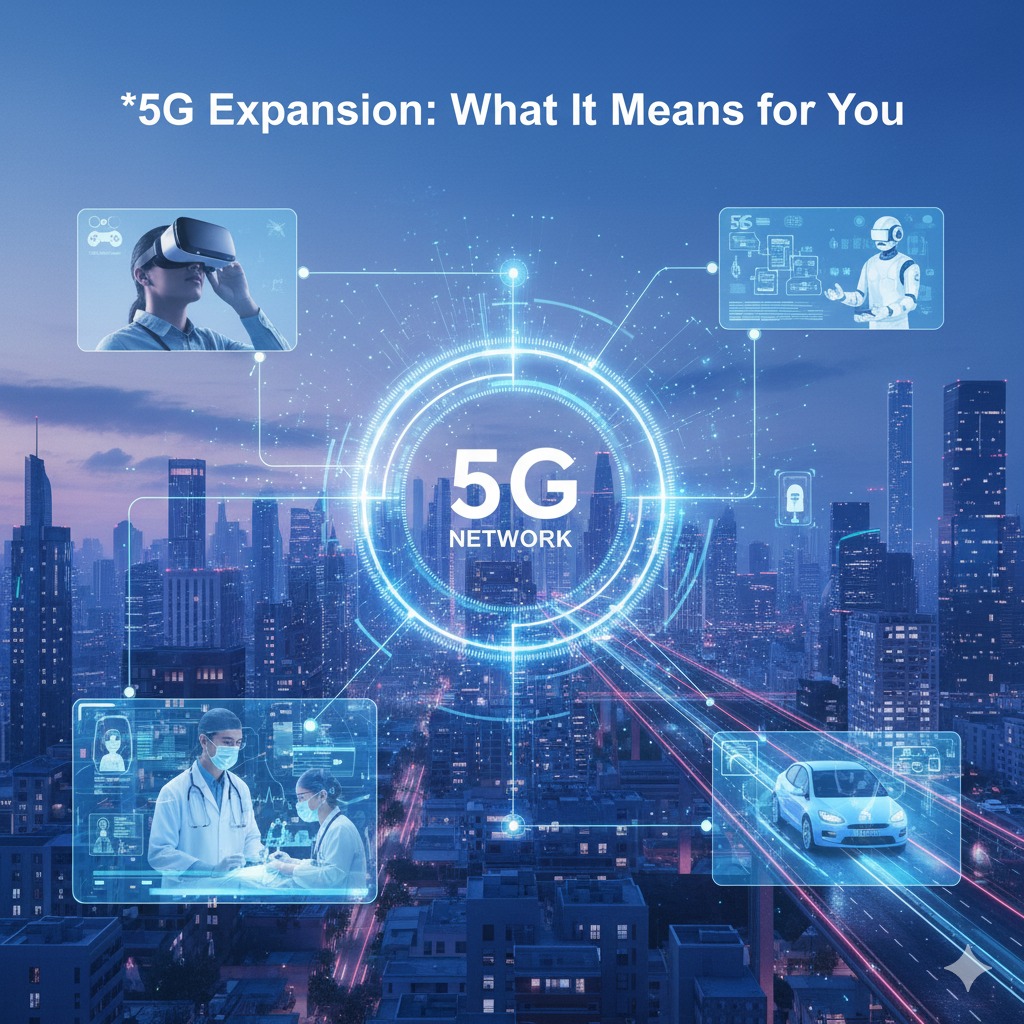
Cloud Gaming: Can It Replace Consoles?
Mục lục 1 The Dawn of a New Era in Gaming 1 1. Understanding Cloud...
The automotive landscape is undergoing a monumental transformation and 2025 stands poised as a pivotal year in this electrifying shift. Far from a niche curiosity **electric vehicles (EVs)** are rapidly transitioning into the mainstream shaping not just how we move but also impacting global economies energy grids and urban planning. This article delves into the anticipated surge of the **global EV market in 2025** examining the powerful forces driving its growth and the exciting innovations set to redefine our transportation future.
The foundation for **2025’s anticipated boom** has been meticulously laid over the past few years. We have witnessed unprecedented sales figures year-on-year with EVs securing a significant and ever-growing share of new vehicle registrations worldwide. This upward trajectory is not merely a transient trend; it represents a fundamental recalibration of consumer preferences and industry priorities. Major automakers have committed tens of billions of dollars to electrification rolling out diverse portfolios of electric models. Government policies globally have also matured from initial subsidies to comprehensive frameworks supporting charging infrastructure and cleaner air initiatives. This robust groundwork ensures that 2025 will not be an anomaly but a continuation and acceleration of an already powerful movement. **Global EV sales** are on a steep ascent with many analysts projecting that by 2025 new EV sales could capture well over **20% of the total global market share** a testament to this deep-seated momentum.
Several interconnected factors will coalesce to propel the **EV market’s growth in 2025**. Firstly **proactive government policies and incentives** remain crucial. Countries like those in the European Union continue to tighten emissions regulations making EVs a necessity for manufacturers to meet targets. In the United States the **Inflation Reduction Act (IRA)** is galvanizing domestic EV production and consumer adoption through tax credits and manufacturing incentives. Globally investments in **charging infrastructure** are expanding exponentially addressing a key concern for potential buyers. Secondly **relentless technological advancements** are driving down battery costs increasing range and accelerating charging times. Innovations in **battery chemistry and manufacturing processes** are making EVs more accessible and practical than ever before. Thirdly **increasing consumer demand** fueled by growing environmental awareness lower running costs due to cheaper electricity and reduced maintenance and the superior driving performance of EVs (instant torque quiet operation) is undeniable. Finally the **expanding availability and variety of EV models** across all price points and segments from compact city cars to rugged electric pickups and SUVs ensures there is an EV for almost every need and budget. **Fleet electrification** by corporations and logistics companies also adds a significant volume to sales.
The **global EV market** is characterized by distinct regional dynamics each contributing uniquely to the overall growth. **China** continues its reign as the world’s largest and most vibrant EV market. Driven by aggressive government support extensive charging networks and a plethora of innovative domestic brands **China’s EV sector** is expected to further consolidate its leadership in 2025 introducing even more competitive and affordable models. **Europe** with its stringent emissions targets and strong public charging networks will see continued robust growth. Countries like **Norway Germany and the Netherlands** consistently demonstrate high EV penetration rates and this trend is set to continue as more models become available. **North America** particularly the United States is rapidly gaining ground. Buoyed by the **IRA’s incentives** and significant investments from major domestic automakers like **Ford and General Motors** the region is poised for substantial acceleration in 2025 especially in the electric truck and SUV segments. Emerging markets such as **India and Southeast Asia** while starting from a lower base are showing promising early signs of EV adoption particularly in the two-wheeler and public transportation sectors laying groundwork for future passenger car growth.
The relentless pace of **technological innovation** is a cornerstone of the **EV market’s future**. In 2025 we anticipate significant strides in **battery technology**. While solid-state batteries may not be mass-market ubiquitous they will likely see further pilot production and specialized applications. Improvements in **Lithium Iron Phosphate (LFP) batteries** will offer more affordable and durable options particularly for entry-level and standard-range vehicles. Enhancements in **energy density and thermal management** will continue to push range capabilities. **Charging infrastructure** will become smarter and faster. **Ultra-fast charging stations** capable of adding hundreds of kilometers of range in minutes will become more common alleviating range anxiety. The integration of **Vehicle-to-Grid (V2G) technology** will gain traction allowing EVs to become active participants in grid stabilization and energy management. Furthermore **advanced software and connectivity features** including over-the-air (OTA) updates sophisticated infotainment systems and enhanced driver assistance systems will elevate the ownership experience making EVs not just transportation but integrated tech platforms.
Despite the optimistic outlook the **EV market in 2025** will not be without its challenges. One primary concern remains the **supply chain for critical raw materials** such as **lithium cobalt and nickel**. Ensuring sustainable ethical and stable access to these minerals is paramount to avoiding bottlenecks and price volatility. Geopolitical factors and refining capacities will continue to be closely watched. The **pace of charging infrastructure deployment** needs to keep up with the accelerating sales especially in rural areas and apartment complexes where private charging is difficult. **Grid capacity and stability** will also require strategic investment and smart management as more EVs come online. However these challenges also present immense opportunities. They drive innovation in **battery recycling technologies** encourage localized supply chains and spur investment in renewable energy sources. Companies that successfully navigate these complexities will solidify their leadership in the burgeoning EV era. The opportunity for new players in areas like **charging solutions battery recycling and smart energy management** is vast.
Leading industry analysts and organizations like **BloombergNEF and the International Energy Agency (IEA)** project a highly optimistic scenario for **EV market growth in 2025**. Forecasts suggest that **global EV sales** could comfortably exceed **17 million units** representing a significant jump from prior years and pushing **EV market share** towards the **25-30% mark** in many key regions. This growth translates into substantial economic impact. Billions of dollars in **investment** will flow into manufacturing R&D and infrastructure development creating new jobs and reskilling existing workforces. The shift to EVs also has profound implications for the energy sector driving increased demand for electricity and accelerating the transition to renewable energy sources for grid power. The **EV industry** is becoming a powerful economic engine itself attracting enormous capital and talent.
The ripple effects of **EV market growth in 2025** extend far beyond the automotive sector. The **energy sector** is undergoing a profound transformation. Increased electricity demand from EVs necessitates greater grid modernization smart grid solutions and a more robust integration of renewable energy sources. This drives investment in solar wind and energy storage. The **automotive manufacturing industry** itself is being reshaped requiring new skill sets supply chains and factory layouts for battery production and EV assembly. Urban planning is also evolving. Cities are increasingly incorporating **EV charging infrastructure** into new developments and public spaces. The rise of **Vehicle-to-Everything (V2X) communication** and autonomous driving capabilities built into many new EVs will further integrate transportation with smart city initiatives creating more efficient and sustainable urban environments. The semiconductor industry for example sees increased demand for power electronics and advanced computing chips.
While 2025 marks a crucial milestone the **EV revolution** is a long-term trajectory. The trends and innovations we observe in 2025 will serve as a springboard for even more transformative changes in the years that follow. The continued decline in **battery costs** improvements in charging speeds and the introduction of even more diverse and specialized electric vehicles will solidify the EV’s dominance. We can anticipate further integration of AI and machine learning into EV systems leading to predictive maintenance personalized driving experiences and even more sophisticated autonomous capabilities. The momentum built in 2025 ensures that the future of mobility is undeniably electric sustainable and technologically advanced setting the stage for a greener and more connected world.
The year **2025** is shaping up to be a landmark period for the **global electric vehicle market**. Driven by a powerful combination of supportive policies groundbreaking technologies and evolving consumer preferences the transition to electric mobility is accelerating at an unprecedented pace. While challenges remain the opportunities for innovation economic growth and environmental benefit are immense. For technology enthusiasts and anyone invested in the future of transportation 2025 promises an exhilarating ride into an increasingly electric world. The charge is well and truly on.

Mục lục 1 The Dawn of a New Era in Gaming 1 1. Understanding Cloud...

Mục lục 1 The Dawn of a Connected Era: Unpacking 5G’s Global Rollout 1 1....

Mục lục 1 Quantum Computing Breakthroughs This Year: A Leap Towards the Future 1 1....
Mục lục 1 Semiconductor Shortage: Is the Silicon Drought Finally Over? 1 1. The Echoes...
Category with many best articles